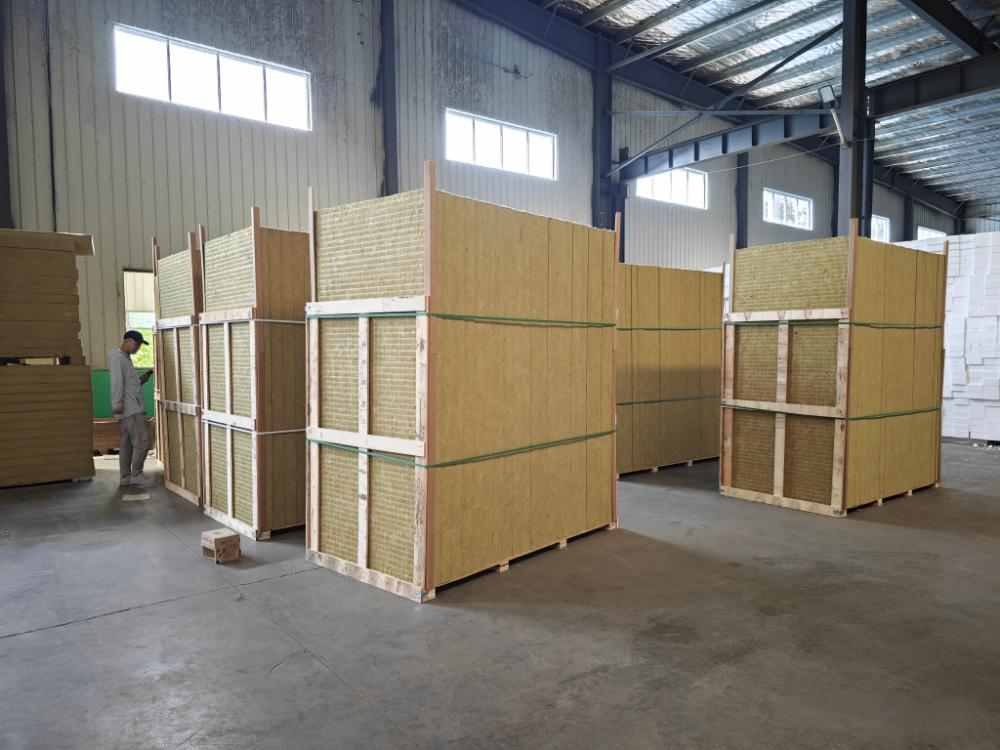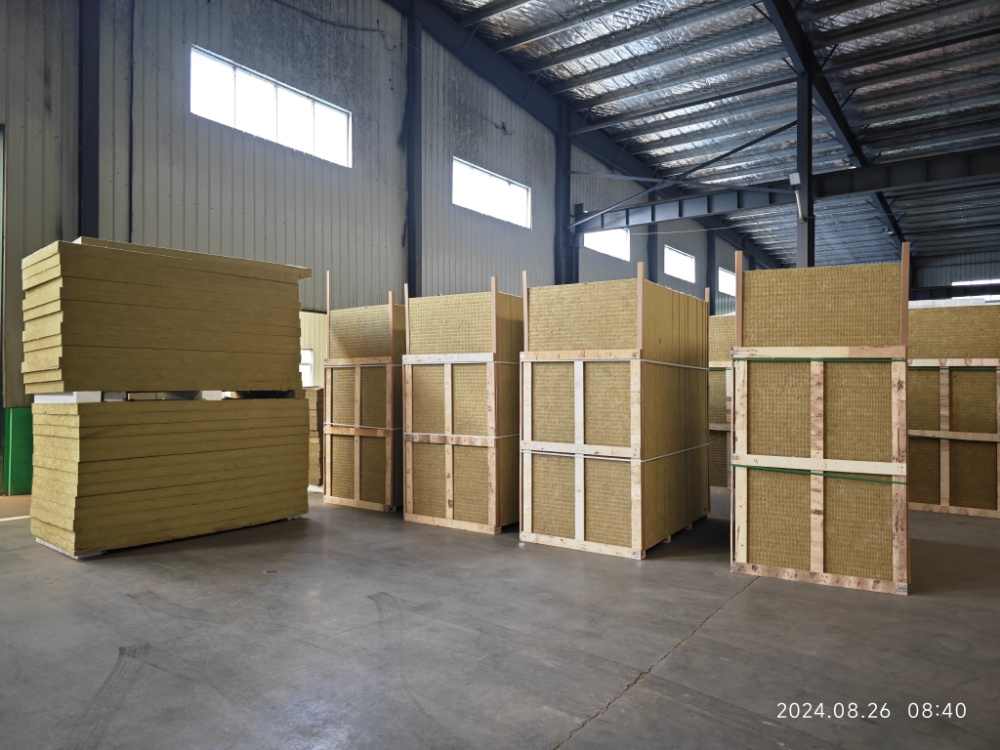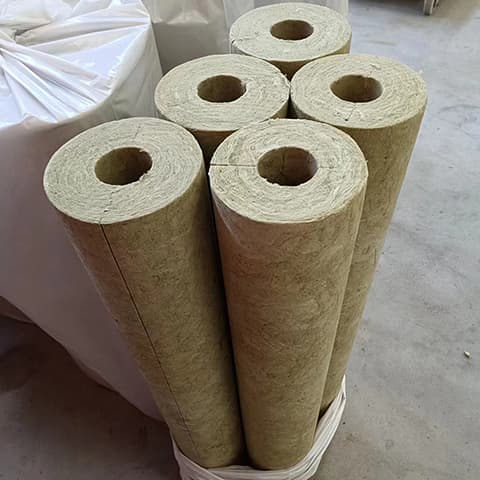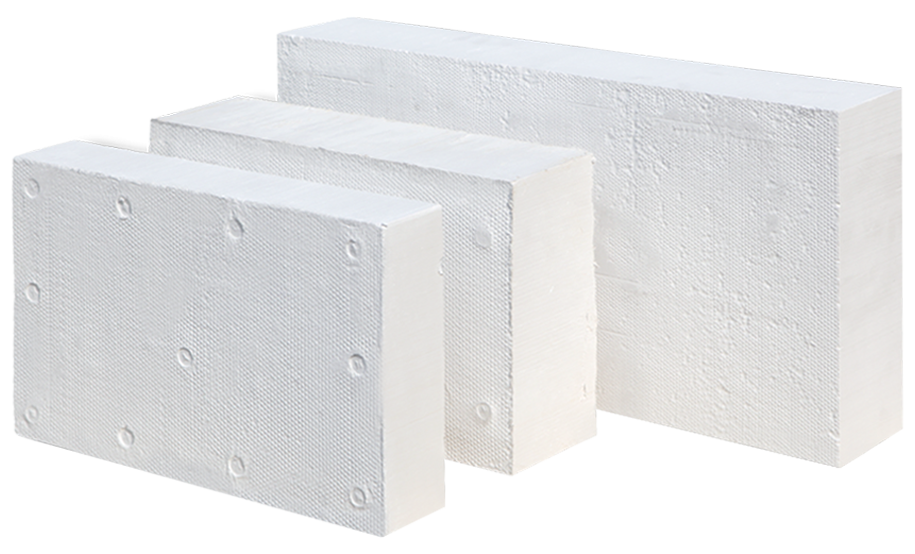Rock wool board insulation is a highly effective material for improving thermal performance in construction projects. However, to achieve optimal results, several factors must be considered during design, installation, and maintenance. Here are some key strategies to maximize the insulation efficiency of rock wool boards:
1. Proper Installation Techniques
Proper installation is crucial for maximizing the thermal performance of rock wool boards. According to ROCKWOOL’s Board Insulation Attachment Guide, the attachment method must hold the boards flush with the substrate in a continuous fashion for the intended service life of the insulation. Here are some installation tips:
- Vertical Strapping: ROCKWOOL recommends installing strapping vertically to provide better drainage. For cladding types requiring horizontal strapping, perforated metal channels installed horizontally will allow for ventilation and drainage.
- Temporary Fasteners: To facilitate construction, fasteners or construction-grade adhesive can be used to hold the insulation in place prior to the installation of the strapping.
- Starter Row: Consider installing a starter row of board insulation at the base of the wall and installing strapping over the starter row extending vertically up the wall.
2. Minimizing Thermal Bridging
Thermal bridging can significantly reduce the effectiveness of insulation. Connectors such as steel anchor bolts and wire mesh can create thermal bridges, adversely affecting the thermal performance of the insulation system. Here are some strategies to minimize thermal bridging:
- Optimized Connector Design: The study on the effects of connectors on the heat transfer coefficient suggests that the diameter and number of steel anchor bolts have a more significant effect on the heat transfer coefficient than the length of the bolts. Adjusting these parameters can reduce the thermal bridging effect.
- Thermal Breaks: Using thermally broken brackets or other thermal break technologies can help reduce the impact of connectors on thermal performance.
3. Choosing the Right Thickness
Increasing the thickness of rock wool insulation is one of the most effective ways to improve thermal performance. The study on the effects of connectors on the heat transfer coefficient found that when the thickness of the rock wool board in the insulation system is 70 mm, 100 mm, and 140 mm, the effects of the connectors on the heat transfer coefficient of the insulation system are reduced by 7.3%, 5.8%, and 4.9%, respectively, after using the optimized scheme.
4. Moisture Management
Moisture can temporarily reduce the thermal insulation performance of rock wool boards. However, rock wool is highly vapor permeable, allowing it to dry quickly once exposed to moisture. To manage moisture effectively:
- Drainage and Ventilation: Ensure adequate drainage and ventilation to prevent moisture accumulation. ROCKWOOL recommends installing a first layer of vertical strapping to allow for drainage and ventilation, followed by a second layer of horizontal strapping to attach the cladding system.
- Water-Resistant Finishes: Consider using water-resistant finishes or coatings to protect the insulation from moisture.
5. Combining with Other Insulation Materials
In some cases, combining rock wool boards with other insulation materials can enhance overall thermal performance. For example, using a protective layer of rock wool board in conjunction with vacuum insulation panels (VIPs) can create a composite insulation material with superior thermal performance.
6. Regular Maintenance and Inspection
Regular maintenance and inspection are essential to ensure the long-term performance of rock wool insulation. Check for any signs of moisture damage, gaps, or other issues that could reduce the effectiveness of the insulation. Promptly address any issues to maintain optimal performance.
Conclusion
Maximizing the insulation efficiency of
rock wool boards in construction involves careful consideration of installation techniques, minimizing thermal bridging, choosing the right thickness, managing moisture, combining with other materials, and regular maintenance. By following these strategies, construction projects can achieve significant improvements in thermal performance, energy efficiency, and overall building comfort.




